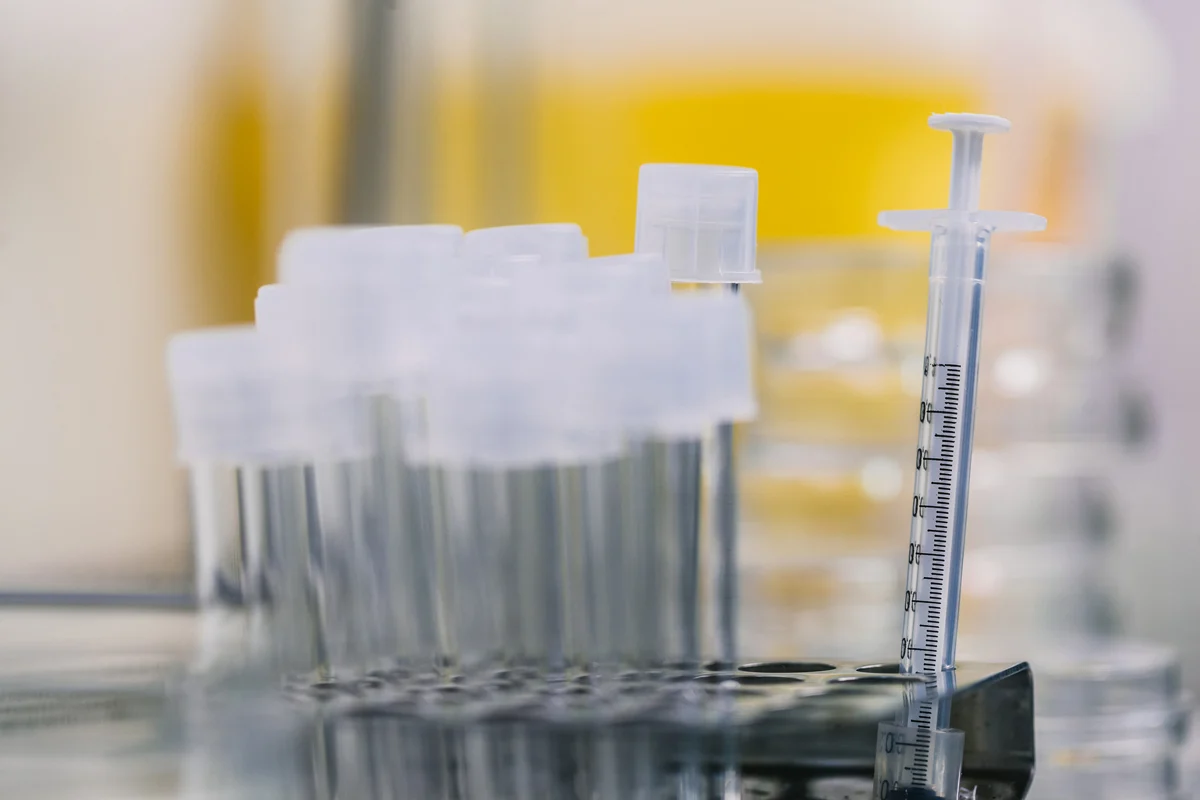
Diagnostic tests
GCT or Genetic Compatibility Test
What is the Genetic Compatibility Test (GCT)?
The GCT for couples is a directed genetic analysis which aims to discover whether or not a partner is the carrier of certain mutations which may cause recessive diseases which in turn could manifest themselves in the future child
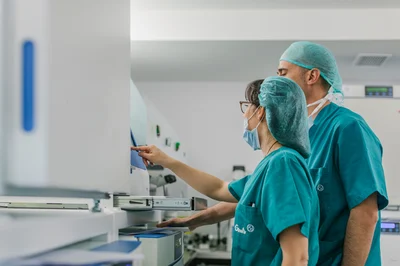
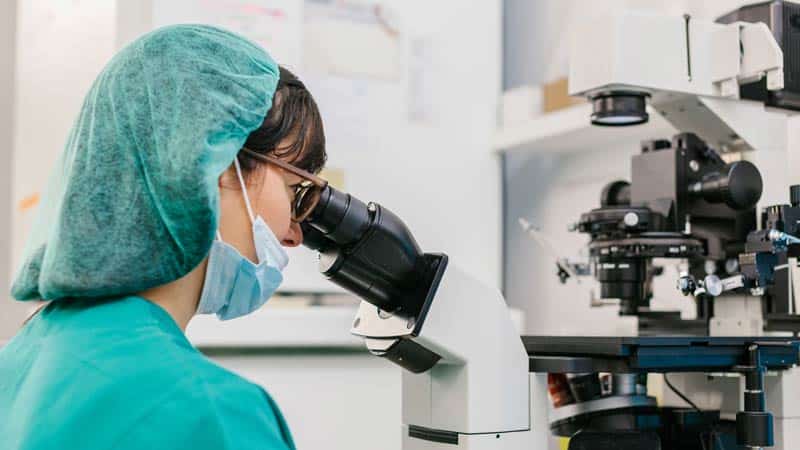
What does a GCT consist of?
The GCT screens for the most common mutations within the population, in order to detect the possibility that a mutation of a certain disease is present in both partners of a reproductive couple (either in the actual couple or when selecting a donor).
What does the GCT detect and what doesn’t it detect?
Using the results of the screening, we can perform a comparative (compatibility) analysis so as to detect the coexistence of the same mutation of a recessive disease in both progenitors. This information can be used to rule out the assignation of a certain donor or to allow the couple to undergo embryo selection, avoiding the transfer of embryos which carry both mutations. Given that it is not currently viable to detect all mutations of all diseases, couples must be aware that zero risk does not exist in this area of medicine
When might you transmit a disease to your future child?
Even if you are a completely healthy person, you can still be the carrier of mutations that are responsible for a recessive hereditary disease. Being an asymptomatic carrier does not mean that you suffer from the disease nor that you are more predisposed to manifest it during your lifetime, but it does mean that you could transmit it to your descendents, and that is why it is worth finding out about it.
When both progenitors are carriers (symptomatic or asymptomatic) of the same recessive genetic disease, the probability of having a healthy child is 75% (this figure is made up of 25% who will carry neither of the two mutations and 50% who will be asymptomatic carriers). 25% of children will show symptoms when receiving both mutations from the progenitors
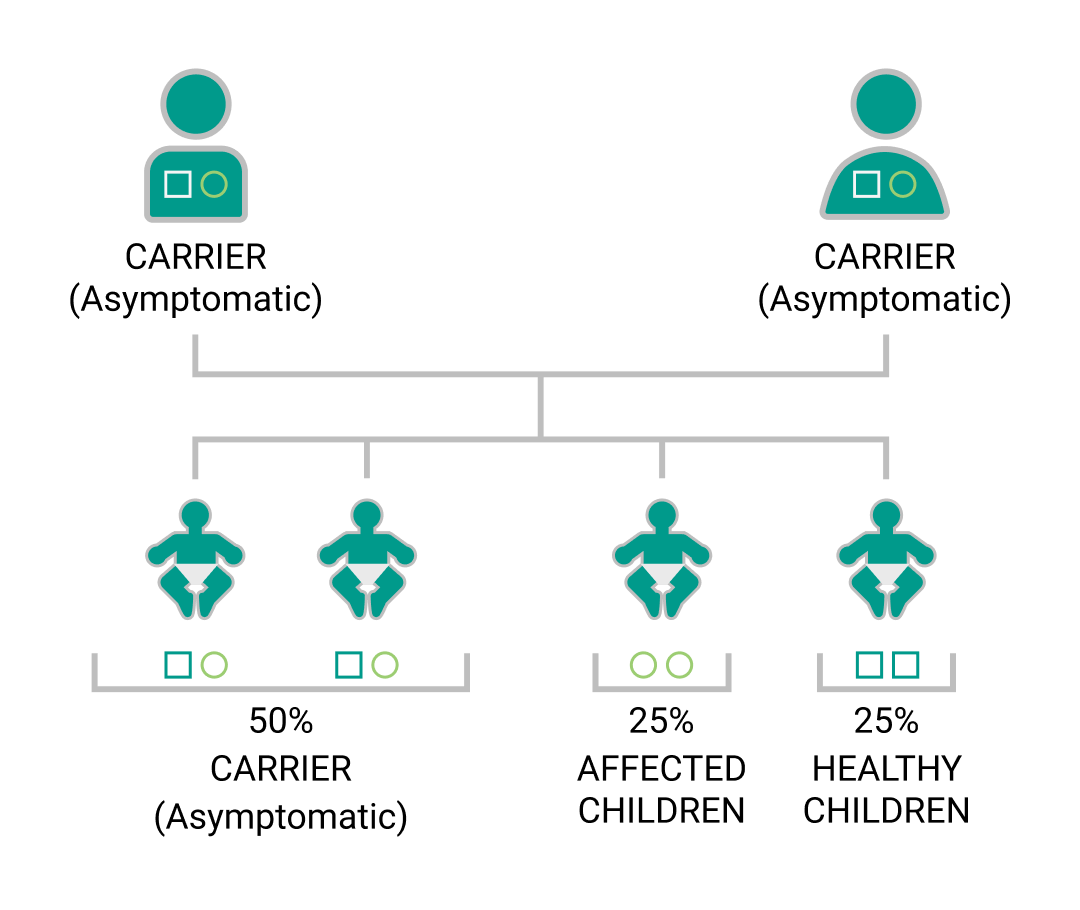
When can we say that there is genetic compatibility?
We say that there is compatibility regarding a specific recessive genetic disease when at least one of the two progenitors is not a carrier.
When do we advise carrying out a GCT?
- Either partner can take the GCT before looking to get pregnant, whether this is by natural means or through an assisted reproduction treatment, seeing as it is good to know the risks of having a disease.
- The Spanish Fertility Society recommends that couples take the test if they are going to undergo a treatment with gametes (eggs or sperm) from a donor. The test enables us to select a donor who is not a carrier of the same mutation as the partner providing the gametes, thereby using all the means at our disposal to minimise risks, as established in Spanish Law 14/2006 on Assisted Reproduction
What happens if a mutation is detected in the GCT?
When a patient needs to turn to donation (single women, female couples or couples in which one of the partners cannot provide their gamete) and a mutation is detected, then the assignation of the donor will be limited to those who, in addition to being of the same phenotype and blood group, are not carriers of the same mutation.
If a mutation is detected in the same gene in both members of the couple, the risk of the child developing the disease will be minimised by using the following options:
- Couples in which both partners provide their own gametes: in vitro fertilisation with GCT.
- Couples in which one of the partners does not provide their own gametes: use our genetically selected donors, via the Ginefiv donor compatibility system.

